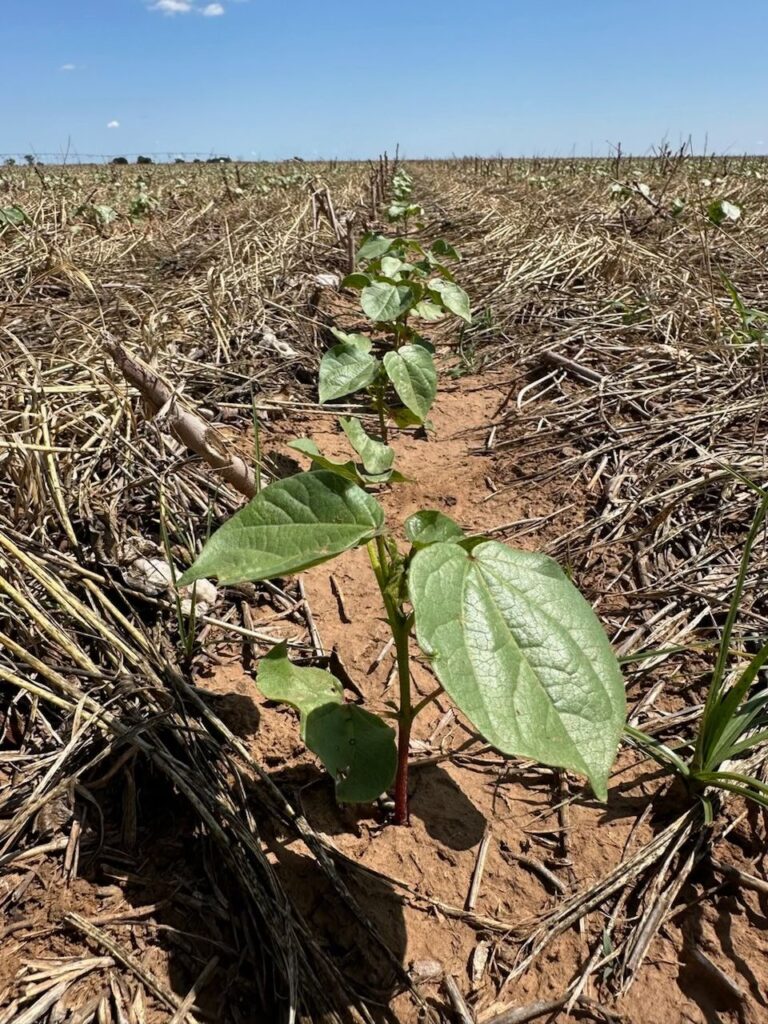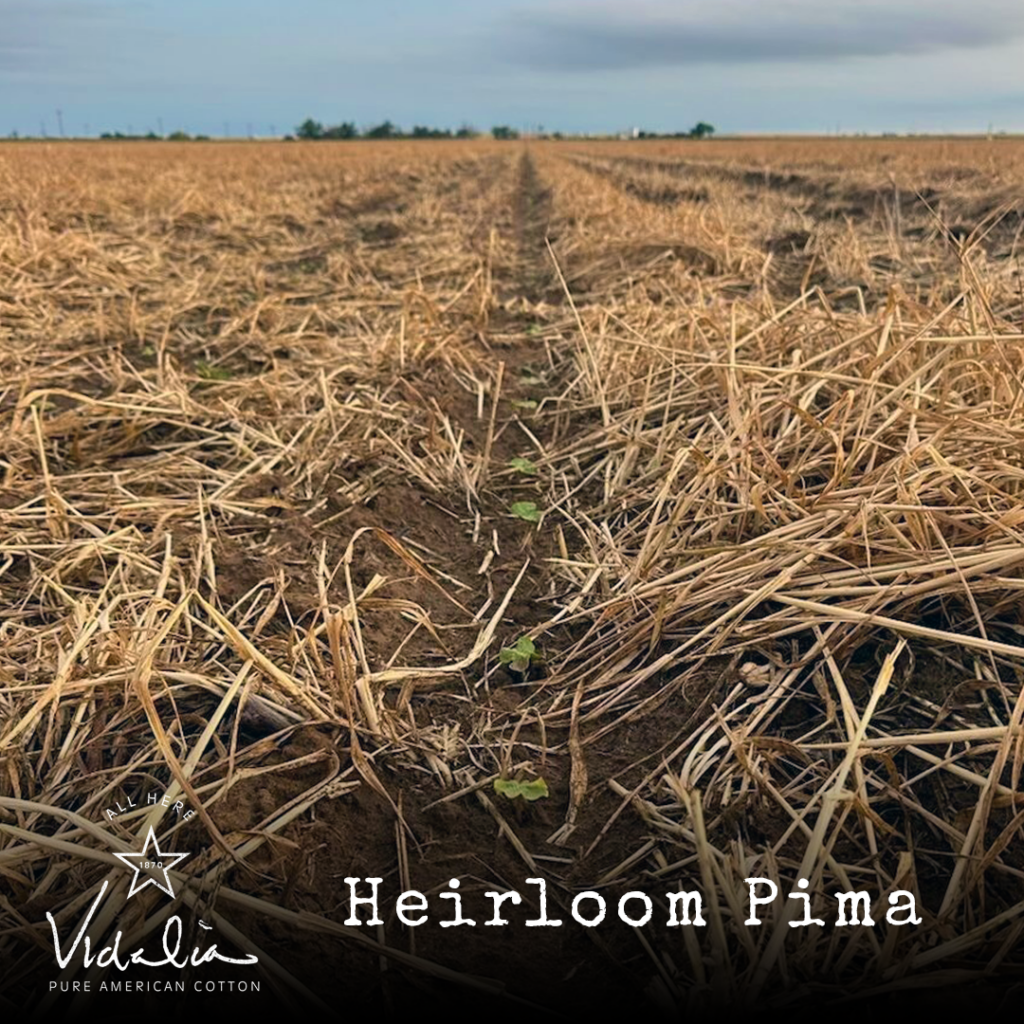The Benefits of Cover Crop
What is a cover crop? A cover crop is a non-cash crop grown to enhance soil quality and support future crops in gardens and farms. These crops can be annual or perennial, including cereals, legumes, brassicas, and other broadleaf species. Examples of cover crops are:
- Annual ryegrass
- Oilseed radish
- Winter cereal rye
- Oats
- Forage radish
- Forage turnip
- Crimson clover
- Winter wheat
- Barley
Cover crops offer numerous benefits:

Cover crops, in their practical application, play a crucial role in soil health. They enhance soil fertility and organic matter by capturing excess nutrients after harvest. Additionally, they improve water retention, enhance soil structure, and reduce compaction, which are vital for effective soil and crop management.
Erosion Control: Cover crops help prevent soil erosion and limit nutrient runoff.
Pest and Disease Management: They aid in controlling pests and diseases, reducing the likelihood of outbreaks.
Biodiversity: Cover crops increase soil microbiology biodiversity, fostering a healthier ecosystem.
Water Quality: They improve water quality by reducing agricultural pollution and nutrient leaching.
Cover crops, beyond their immediate benefits, contribute significantly to environmental sustainability. They enhance carbon sequestration, a key process in mitigating global warming, thereby making a substantial environmental impact.
Animal Feed: Some cover crops provide food for animals, such as deer.
One of the notable aspects of cover crops is their versatility in planting methods. They can be integrated into various agricultural practices, from maintaining a field year-round to covering it during specific parts of the spring or winter, showcasing their adaptability and flexibility.
